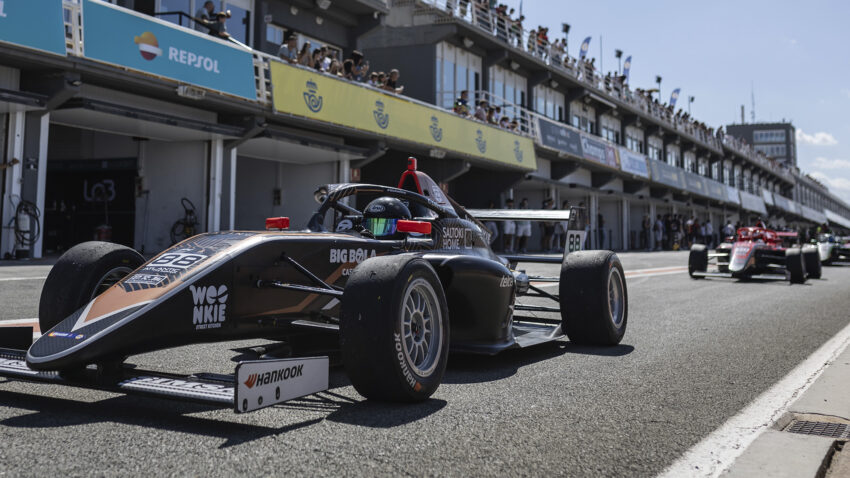The world of motorsport has always been synonymous with innovation. From the first race cars to today’s Formula 4 (F4) single-seaters, technological evolution has been a key factor in performance, safety, and competitiveness. Over the years, advancements in aerodynamics, materials, electronics, and simulation have transformed the sport, bringing drivers to new levels of excellence.
1. Aerodynamics: More Speed, More Stability
In the early days of motorsport, cars were essentially conventional vehicles adapted for racing. Today, aerodynamics is a fundamental science in the design of single-seaters. In F4, cars are designed to cut through the air with minimal resistance, increasing their speed on straights. Adjustable wings and other aerodynamic components ensure stability in corners and improve grip in all conditions.
2. Lightweight and Strong Materials
The evolution of materials has been a quantum leap for single-seaters. As teams aim to reduce weight without compromising strength, materials like carbon fiber and advanced composites have replaced steel and aluminum. These new materials are not only extremely light but also offer greater resistance in case of impacts, contributing to driver safety.
3. Advanced Electronics and Telemetry
F4 single-seaters are equipped with cutting-edge technology that, until recently, was only available in the highest racing categories.Telemetry allows teams to monitor every detail of the car’s and driver’s performance in real-time. Data such as speed, tire pressure, engine RPMs, and brake temperature are transmitted directly to engineers, who can adjust race strategy based on this information.
4. Simulation and Virtual Training
Another area that has undergone a radical evolution is driver training. Today, simulation plays a crucial role in preparing young talents for the F4 Spanish Championship. Thanks to simulators, drivers can practice in controlled environments that replicate race conditions to perfection. This technology not only helps improve skill and confidence but also reduces training costs and wear on the cars.
5. Safety: The Most Important Factor
One of the most significant advancements in single-seaters has been safety. From the implementation of the Halo, a protection system that surrounds the driver’s head to prevent direct impacts, to the improvement of brake systems and safety harnesses, technology has been crucial in saving lives. The safety standards of the F4 Spanish Championship are constantly reviewed to incorporate the latest innovations and ensure the well-being of drivers.
Conclusion
Formula 4 is not only a stepping stone for young drivers aiming to reach the higher categories of motorsport, but also a testing ground for technological evolution. Every race is a reminder of how science and engineering intertwine with the sport to deliver faster, safer, and more exciting performances. The evolution of technology in single-seaters continues to advance, and the future promises even more surprises and improvements for this thrilling sport.

















